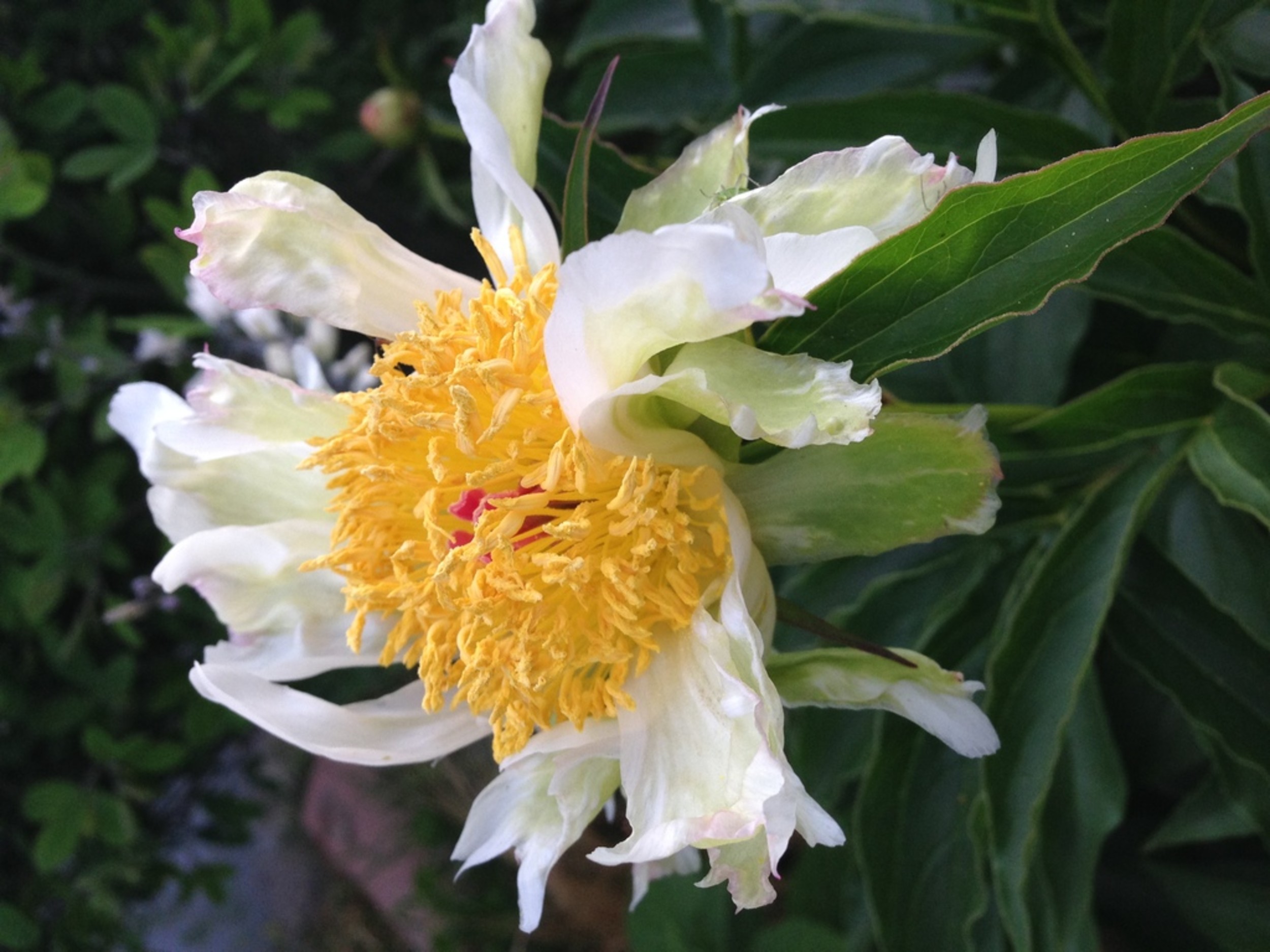Peonies: worth the winter
The other day at work I met a Master Gardener from Florida who couldn’t stop gushing about peonies. He can’t grow them in his garden because peonies require vernalization—a period of time chilled by the kind of cold that always makes us …
This item is available in full to subscribers.
Please log in to continue |
Register to post eventsIf you'd like to post an event to our calendar, you can create a free account by clicking here. Note that free accounts do not have access to our subscriber-only content. |
Day pass subscribers
Are you a day pass subscriber who needs to log in? Click here to continue.
Peonies: worth the winter
The other day at work I met a Master Gardener from Florida who couldn’t stop gushing about peonies. He can’t grow them in his garden because peonies require vernalization—a period of time chilled by the kind of cold that always makes us northerners pine for the tropics—in order to set flower buds. I envied my new friend his warm winter. He envied us for the over-the-top exuberance of one of early summer’s most iconic flowers. The grass is always greener. I didn’t stay jealous for long. Not only is the memory of this past winter’s misery fading, but my new friend’s enthusiasm changed my perspective on those weeks spent shoveling snow wrapped to the eyeballs in wool and goose down.
I have two herbaceous peonies in my garden. As I write this, one of them is about to be covered in puffy white swans, each with a tiny red blotch like a crime scene clue, and scented with a fragrance I wish I could taste. The friend who gave me this division from hers never told me its name (or I forgot) but my guess is ‘Festiva Maxima’. The other is a hybridizer’s freak called ‘Alley Cat’, which opened last week to reveal a pompom of golden yellow stamens surrounded by untidy twists of green-tinged white petals. It’s pretty weird, and weirdly pretty, which is exactly why I love it.
I haven’t ever bothered to hoop them. Alley Cat’s wispy flowers don’t seem to need support and I’m too lazy to bother corralling Festiva Maxima. Its heavy flowers drag on the ground after a rain---unless I cut them first and bring them inside for the kitchen table with, or preferably without, their insect partners. That’s a curious relationship; ants cause more speculation than harm. Truth is, they harvest peonies’ sweet sap and probably help defend the flowers from other takers, but they also don’t deserve any credit for helping the buds open.
There are peonies to suit every taste (as my weakness for weirdness can attest) and almost every garden. Herbaceous peonies want full sun and well-drained soil and come in a palette-full of pinks, pure white to creamy yellows, and reds all the way to burgundy. If bigger is better, and in this case it might just be, tree peonies boast dinner plate-sized blooms and are supposed to do well and bloom for slightly longer than a nanosecond if given a little shade. Itoh Hybrids or Intersectional peonies offer the best of both types (huge flowers and a lingering bloom time) plus the bonus of resistance to fungal diseases that foul foliage before summer’s end. Woodland peonies, which are prized more for their flayed red seedpods than their flowers, thrive under a deciduous canopy open to the sun in spring, and shaded for the summer.
Herbaceous peonies’ reputation for being difficult to transplant is great incentive for gardeners like me who have trouble committing, to get it right the first time. But they may also outlive us all and don’t seem particularly persnickety to me—as long as we follow Goldilocks' rules and practice patience. Like any plant that blooms before Father’s Day, it’s best to dig and move them in the fall, anytime after cutting the foliage down to nubs. Uprooting exposes the fragile pinkish “eyes” of next year’s growth and it’s tempting to bury them protectively deep under cover. But an inch, or two at the most, of soil and mulch over the eyes will be “just right.” Any deeper and you might never see flowers again. Peony foliage is pretty to be sure but isn’t why they rate space in my garden. Transplants generally take about three years to settle into a new spot and draw the gushing attention of admirers. But they’re worth the wait. They’re even worth the winter.
Kristin Green is the interpretive horticulturist at Blithewold Mansion, Gardens & Arboretum and author of "Plantiful: Start Small, Grow Big with 150 Plants that Spread, Self-Sow, and Overwinter" (Timber Press). Follow Blithewold’s garden blog at blog.blithewold.org.






